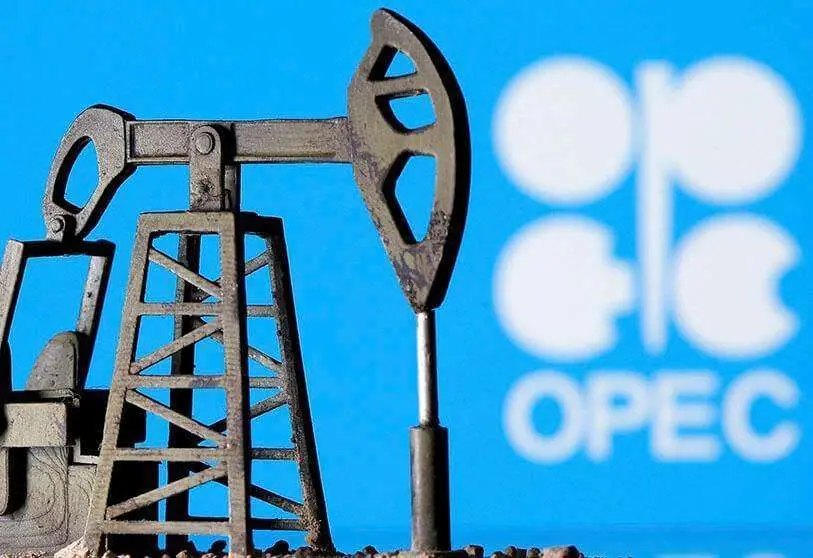OPEC cuts output again below agreements

OPEC production in August was once again well below what was agreed, reaching - excluding Iran, Venezuela and Libya - 25.278 million barrels per day (mbd), 1.4 million less than the joint quota established. This is according to the September monthly report of the Organisation of the Petroleum Exporting Countries (OPEC) issued on Tuesday in Vienna.
On the other hand, the group's analysts kept unchanged their estimates for crude oil demand made a month ago, based on a cautiously optimistic view of the global economy. In the deal struck in late June with Russia and nine other independent producers in the OPEC+ alliance, which saw a global increase of 648,000 bd, the organisation's partners pledged to pump 26.689 mbd together in August.
But data released today, based on estimates from several independent institutes, reveal the increasing technical difficulties faced by most producer countries in increasing supplies. Particularly hard hit are Nigeria, whose withdrawals fell last month by 65,000 bd to 1.1 mbd from an allocated quota of 1.8 mbd, and Angola (with production at 1.19 mbd against a quota of 1.52 mbd).
Despite this, OPEC as a whole managed to increase oil supply by 618,000 barrels per day compared to July, thanks primarily to the additional 426,000 barrels per day contributed by Libya, which together with Venezuela (678,000 bd) and Iran (2.57 mbd) are exempt from the commitment to limit their supplies.
Altogether, the thirteen partners produced 29.65 mbd, a volume higher than the 28.9 mbd that OPEC itself estimates to be the average level of demand required by this group, while rival supply would amount to 65.8 mbd this year. The latter figure is subject to a relatively favourable forecast for Russia's oil industry despite the sanctions imposed on it by the West for its invasion of Ukraine, which include a partial and progressive oil embargo.
Regarding global demand, OPEC kept unchanged its estimates of a month ago and forecasts an average consumption of 100.03 mbd this year (3.2% more than in 2021) and 102.73 mbd in 2023.








